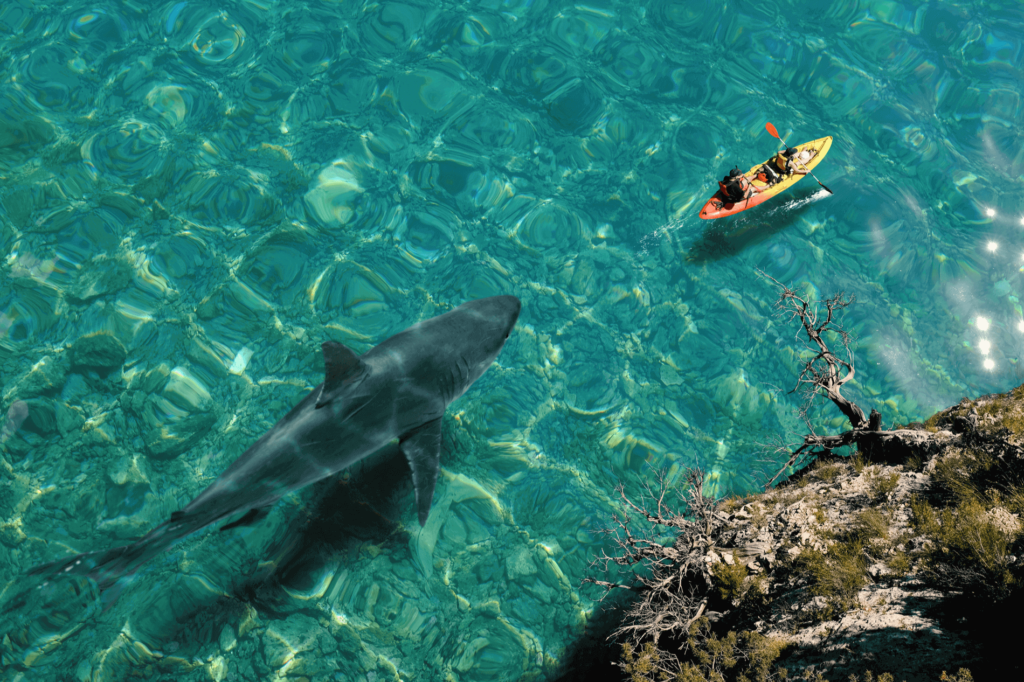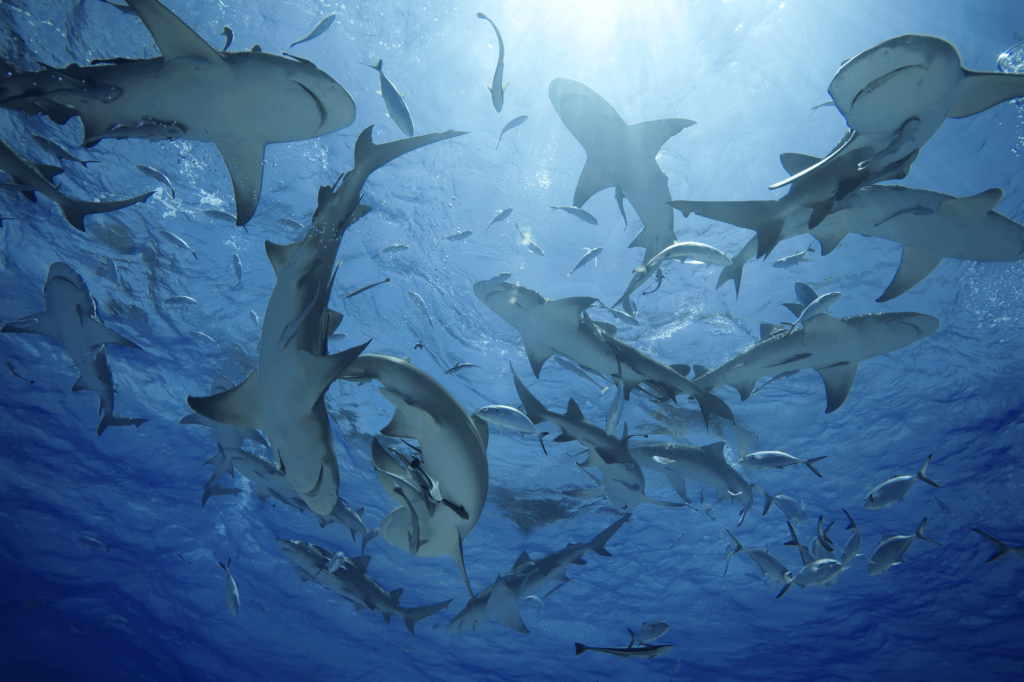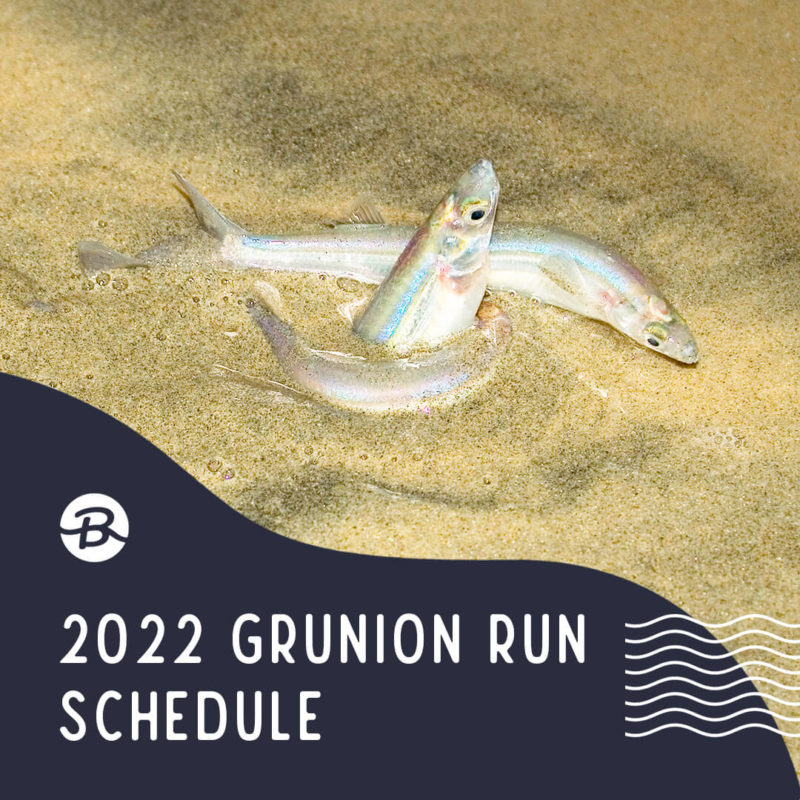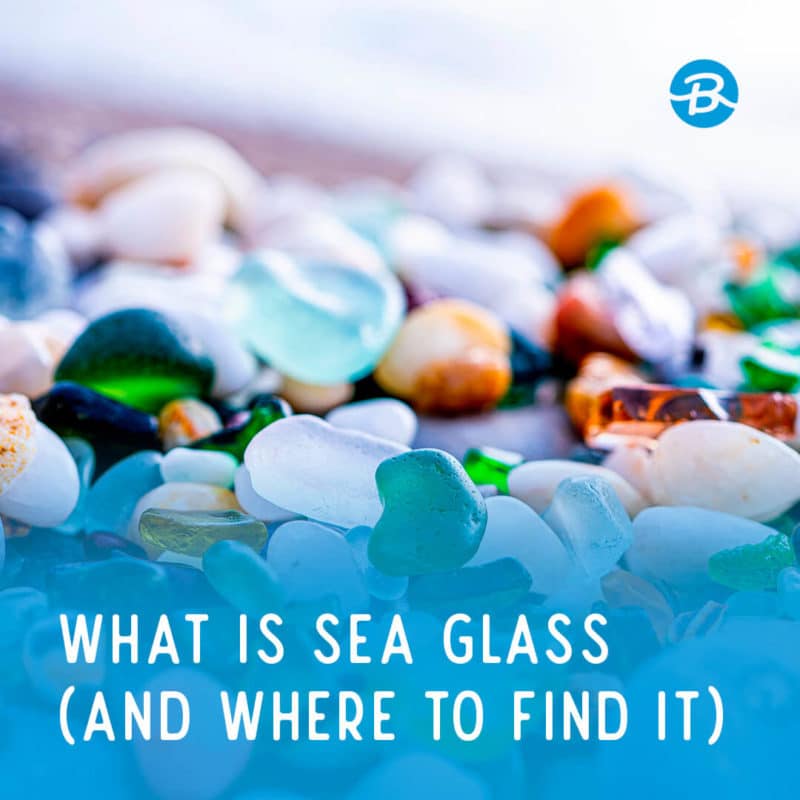If you’ve ever seen the movie Jaws, you may wonder if how common shark attacks actually are. The good news? Sharks don’t attack very often! Keep reading for all your questions answered, a shark attack map, and tips for staying safe at the beach.

Why Do Sharks Attack?
Because sharks are carnivorous, they sometimes see humans as food in the ocean. Shark attacks can either be provoked or unprovoked.
Unprovoked Attack
An unprovoked attack is usually the result of a chance encounter between a human and a shark. Most attacks are unprovoked. Since 2015, there has been an average of 80 unprovoked shark attacks per year in the world, with an average of 13 fatalities.
These attacks fall into three main categories:
- Hit-and-run: a fast attack when a shark mistakes a human for its typical pray; common in murkier waters and with surfers
- Sneak attack: multiple bites that occur when a shark intends to eat the victim; incredibly rare
- Bump-and-bite: a shark bumps into a human and bites them if they think they’re a predator; typical of a great white shark
Provoked Attacks
A provoked incidence happens when a human irritates a shark, intentionally or accidentally. For example, if a shark is bumped by a surfboard or caught in a fishing net, it may react by attacking what it perceives to be a threat.

Where Do Most Shark Attacks Happen in US?
Based on incidences reported, the states with the most shark attacks are:
- Florida
- Hawaii
- California
- South Carolina
- North Carolina
Shark Attack Map
This map shows locations and data on 2021 reported shark attacks and bites, courtesy of TrackingSharks:
How Many Shark Attacks Are There Per Year?
In 2020, The United States saw 129 shark attacks, some provoked and some unprovoked, and only 3 were fatal. While Maine only had 1 shark attack in 2020, it did lead to a human fatality.
As of December 7th, in 2021, there have been 78 attacks, 6 of which were provoked and 8 fatal.

Who Is Most Likely to Get Attacked?
Because surfing and swimming occur in areas like coral reefs where sharks are most often found, these activities most often lead to shark attacks. Surfers are victims to 61 % of attacks, while swimmers are victims 26% percent of the time. Keep reading for simple tips to stay safe!
What Species Are Most Likely to Attack?
The species most responsible for shark attacks worldwide are:
- White shark
- Tiger shark
- Bull shark
Since these statistics have started being recorded, great white sharks have been responsible for more attacks than a combination of any 4 different shark species, including tiger sharks and bull sharks.
What Are the Chances of Dying From a Shark?
The odds of a shark attack being fatal are incredibly low. To be exact, it’s 1 in 3,748,067. To put this in perspective, you’re more likely to die from being struck by lighting or riding your bike.

How to Avoid a Shark Attack
While shark attacks are uncommon, here are some tips to avoid fear and the chance of this happening to you.
- Watch when and where you swim: Sharks are most active at dusk or dawn in areas where you may see splashing water and feeding seals. They also hunt near sandbars, along the edges of drop-offs, and where people fish.
- Don’t wear contrasting colors: Sharks can’t distinguish colors, but they can distinguish contrast very well. Your best bet is to wear colors that blend in well with your surroundings. For example, if you’ll be surfing or diving in darker or murky waters, a black rash guard or wetsuit would work best.
- Don’t swim alone: A swimming buddy is always smart so that someone is nearby to get help if needed.
- Stick to shallow water: When attacks happen in deep ocean waters, it’s hard to get away like you can if you’re closer to shore.
Final Thoughts
Although the idea of a shark attack can lead to panic, it’s important to remember how uncommon this is. At the end of the day, sharks want to be in their natural habitat peacefully!
If you’re mindful of the shark attack map above and follow tips for staying safe, you’ll probably never be a victim of a negative shark interaction.







